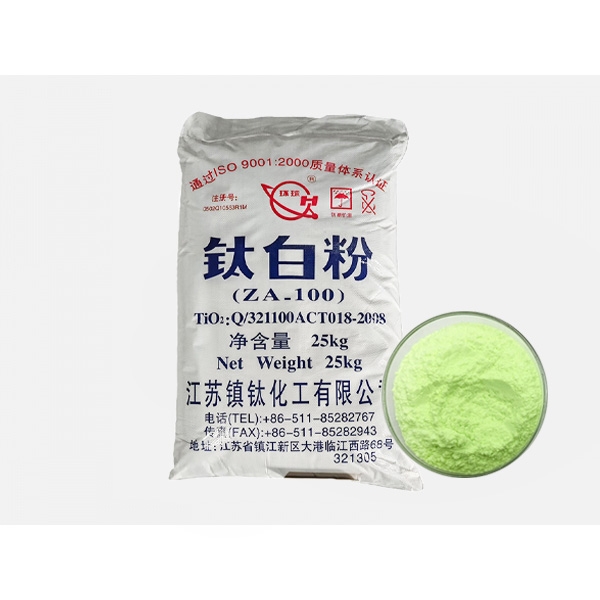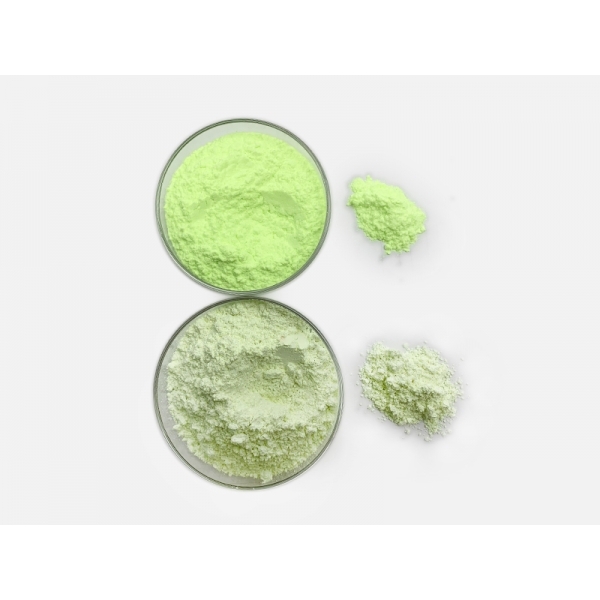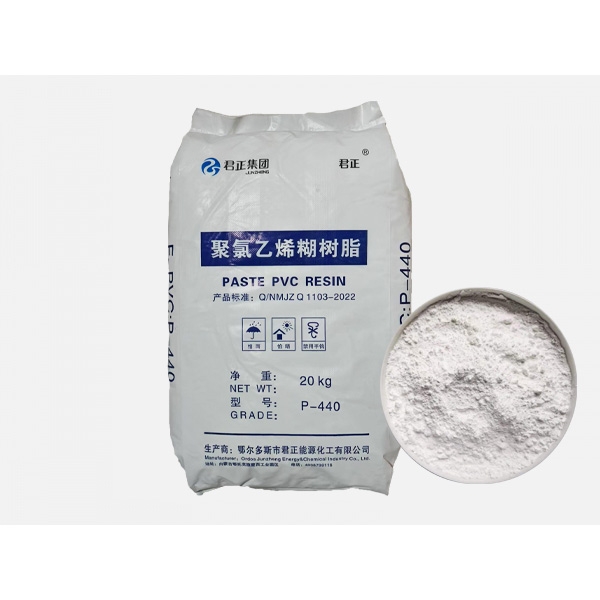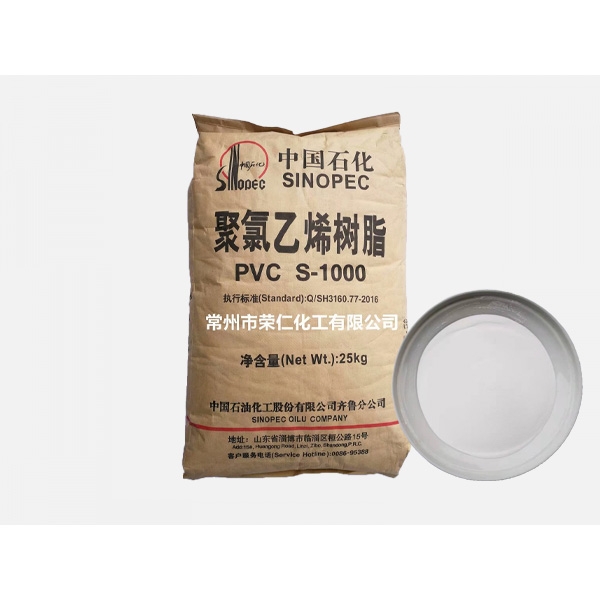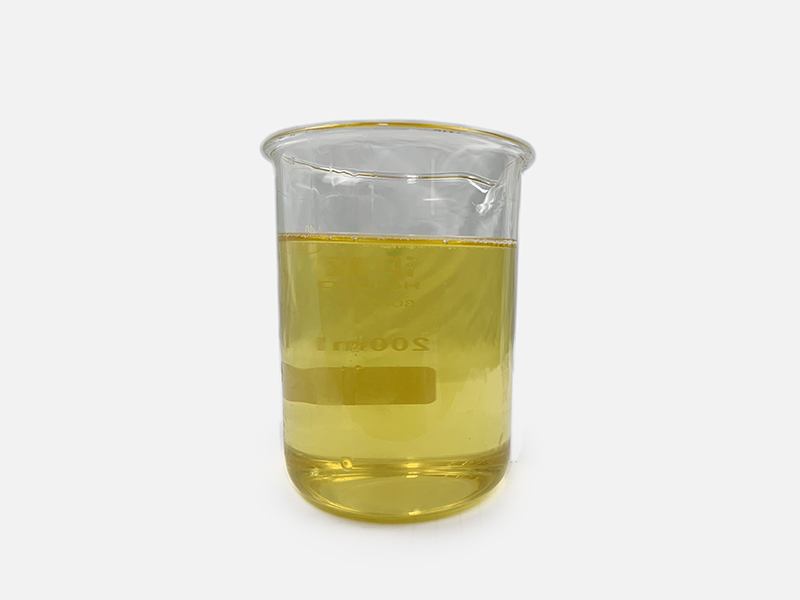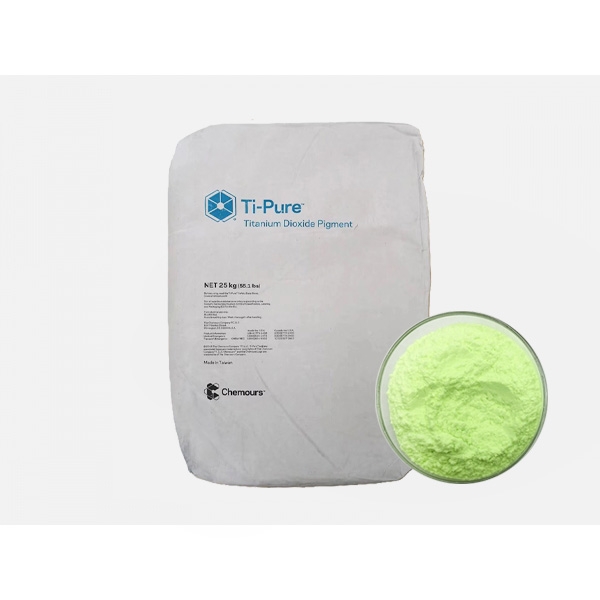Why Optical Brighteners Matter – A Technical Guide by Jiangsu Pangrui New Materials
In today’s competitive plastics industry, aesthetics and performance often go hand in hand. Manufacturers aim to produce products that not only meet functional requirements but also deliver visual appeal. This is where optical brighteners play a critical role. These specialized additives enhance the brightness and whiteness of plastic materials, ensuring superior appearance and improved light reflectivity. At Jiangsu Pangrui New Materials Co., Ltd., we provide high-performance optical brighteners that meet the demanding needs of PVC and polymer applications.
What Are Optical Brighteners and How Do They Work?
Optical brighteners, also known as fluorescent whitening agents (FWAs), are chemical compounds that absorb ultraviolet (UV) light and re-emit it as visible blue light. This effect reduces the yellowish tone often present in plastic products, creating a whiter, brighter appearance. The process, known as fluorescence, is particularly important in applications where visual aesthetics influence product quality, such as packaging, consumer goods, and construction profiles.
Technical Benefits of Using Optical Brighteners
The primary function of optical brighteners is to improve whiteness and brightness, but their benefits extend further:
Enhanced Color Consistency: Brighteners counteract natural discoloration during processing.
Improved UV Stability: Certain optical brighteners offer UV-absorbing properties, helping plastics resist degradation from sunlight exposure.
Better Aesthetic Appeal: Products gain a clean, bright finish that enhances marketability.
Compatibility Across Polymers: Pangrui’s brighteners work effectively in PVC, polyethylene, polypropylene, and engineering plastics.
Applications of Optical Brighteners in the PVC Industry
PVC is widely used in construction, packaging, and decorative materials, where appearance matters as much as functionality. Optical brighteners ensure that pipes, window profiles, films, and sheets maintain a bright, uniform look. In addition, they improve the durability of outdoor products by reducing the negative effects of UV radiation, supporting longer service life and color retention.
Formulation Considerations: Selecting the Right Brightener
Not all optical brighteners are the same. Selection depends on factors such as processing temperature, base polymer compatibility, lightfastness, and regulatory compliance. For example, high-temperature applications require brighteners with excellent thermal stability, while food-contact materials need FDA or EU-approved grades. Pangrui’s experts help customers choose the ideal formulation to achieve desired optical properties without compromising safety or process efficiency.
Regulatory and Environmental Compliance
With increasing emphasis on sustainability and safety, optical brighteners must meet stringent environmental and health standards. At Jiangsu Pangrui, our products comply with RoHS, REACH, and global regulatory frameworks, ensuring that customers can use them confidently in sensitive applications, including food packaging and consumer products.
Why Partner with Jiangsu Pangrui?
Jiangsu Pangrui combines deep technical expertise with advanced production capabilities to deliver high-performance, customized optical brightener solutions. Our team collaborates closely with customers to develop formulations that not only meet technical specifications but also address cost, efficiency, and regulatory requirements.
Conclusion: Brightening the Future of PVC and Plastics
Optical brighteners are essential for achieving superior aesthetics, UV stability, and long-term durability in PVC and other plastics. By choosing Jiangsu Pangrui New Materials Co., Ltd., manufacturers gain access to innovative solutions that enhance both product performance and market appeal. As industries demand brighter, more sustainable products, Pangrui remains committed to delivering excellence through advanced additive technology.

